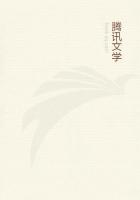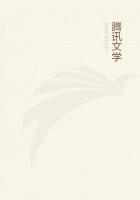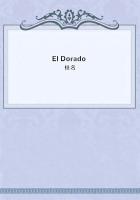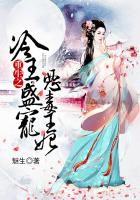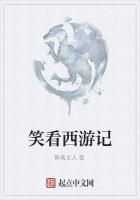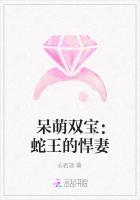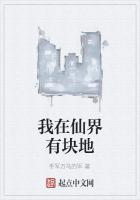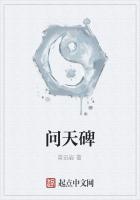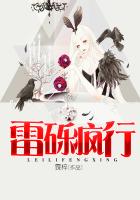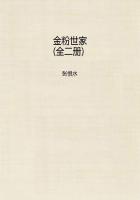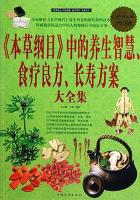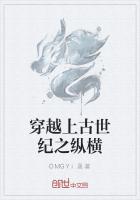Many of the tests specified in the Allen citation to determine the character of ink constituents, if made alone are practically valueless, because the same behavior occurs with different materials employed in the admixture of ink. To avoid error in judgment the operator should verify if possible by confirmatory tests. Thus, in the one for logwood, sulphurous acid will cause a logwood ink mark to turn yellow; mercuric chloride, orange; tartar-emetic, red; and if the marks are faded ones, solutions of sulphate of iron or bichromate of potash will restore them respectively to a violet or blue-black color.
Prussian blue, aniline blue and indigo blue are to be tested as follows: Solution of chloride of lime, no change of color for prussian blue; decoloration or faint yellow for aniline blue or indigo. To discriminate between the two latter, test with solution of caustic soda, when decoloration or change of color will indicate aniline blue and permanence will indicate presence of indigo blue.
In the manufacture of the blue-black inks, a variety of violets have been and are still employed. Among them are aniline violet, iodine violet, madder, alkanet, orchil and logwood.
(a) Apply chloride of lime solution: 1. No change of color indicates alkanet. 2. Any change, one of the other five.
(b) Apply lemon juice: 1. The violet becomes brighter if it is one of the aniline violets, to be distinguished from each other by applying one part of hydrochloric acid to three parts of water, when it will become violet-blue, changing to red if it is common aniline-violet, but blue changing to a green hue and upon adding plain water to a lilac or pearl gray if it is iodine-violet (Hoffman's). It will also turn from red to yellow in lemon juice. To test for the other three violets: (a) Apply chloride of lime, to be followed by a solution of yellow prussiate of potash: absence of a blue coloration leaves orchil and logwood to be considered. To distinguish between them apply solution of hydrate of lime, whereby a change to gray, followed by complete decoloration indicates logwood, and a change to violet-blue, orchil.
The substances utilized with but few exceptions for red ink are the "eosins," possessing different names like erythrosine, as well as different hues. Antecedent to about thirty-five years ago, cochineal (known as "carmine"), madder, Brazil wood and saffron formed the basis of most of the red inks.
Make a soap solution adding a small quantity of ammonia, lemon juice, muriate of tin, all in water:
1. No change upon application indicates madder.
2. Any change, the presence of one of the three other reds: (a) thus a complete decoloration with a return of the color indicates saffron; (b) reappearance of the red color though weaker, aniline-red: (c) production of a yellowish red or light yellow color, cochineal or Brazil wood, to be distinguished from each other by the application of concentrated sulphuric acid, when Brazil wood will at once give a bright cherry-red, and cochineal a yellowish orange.
No yellow inks are in commercial use. Documents do, however, often contain yellow marks about which information is required as to their origin. As a rule they are iron rust, picric acid, turmeric, fustic, weld, Persian berries or quercitron. In order to recognize the different colors, the presence or absence of iron rust and picric acid must first be determined.
Apply a warm sample of a slightly acid solution of yellow prussiate of potash; iron rust will be indicated by a blue coloration.
Apply a weak solution of cyanide of potassium; picric acid will yield a blood-red coloration.
If picric acid and iron rust are both absent, apply a bit of ordinary wetted soap: 1. It turns reddish-brown and becomes yellow again with hydrochloric acid--turmeric; 2. It turns quite dark--fustic; 3. It is unaffected--weld, Persian berries or quercitron. To distinguish between these three, apply sulphuric acid, the color of weld will disappear, and of the others remaining apply tin-salt solution, when a change to orange indicates Persian berries, and no change or a very slight one, quercitron.
Inks containing also logwood, fustic, Brazil wood, or madder, were all of them more or less employed some years ago. Their color phenomena, following long periods of time, is much the same. Tests as prescribed in the accompanying table for such inks will serve to classify them preliminary to subsequent and more certain ones.
LOGWOOD. FUSTIC.
Concentrated Hydrochloric Acid Red-yellow Red Dilute " " Reddish Yellow-Brown Concentrated and dilute Nitric Acid Red Red-Yellow " Sulphuric Acid . . Black Dark Purple Dilute " " Red Brown Purple Potassium Chromate . . . . Black Stannous Chloride Violet Yellow Tartaric Acid . . . . . Gray-Brown Yellow Sulphate of Copper . . . . Dark Gray Tannin . . . . . . Yellow-Red Yellow Potash Dark Red Yellow Potassium Permanganate Light-Brown Yellow " Iodide . . . . . Red-Yellow Pyrogallic Acid . . . . Yellow-Brown Yellow Chrome-yellow . . . . . Dark Violet Sodium (Salt) Violet Red Sulphate of Iron Gray to Black Alum . . . . . . . Violet Red,Brown. Faint Red BRAZIL WOOD. MADDER.
Concentrated Hydrochloric Acid Light Red Pale Yellow Dilute " " Light Red Pale Yellow Concentrated and dilute Nitric Acid Dark Purple Pale Yellow " Sulphuric Acid . . Red Pale Yellow Dilute " " Purple Pale Yellow Potassium Chromate . . . . - -Stannous Chloride Light Red Light Red Tartaric Acid . . . . . Red Yellow Pale Yellow Sulphate of Copper . . . . - -Tannin . . . . . . No Change Pale Yellow Potash Crimson Light Red Potassium Permanganate - -Iodide . . . . . - -Pyrogallic Acid . . . . - -Chrome-yellow . . . . . - -Sodium (Salt) - Red Sulphate of Iron Dark Violet -Alum . . . . . . . - Faint Red

